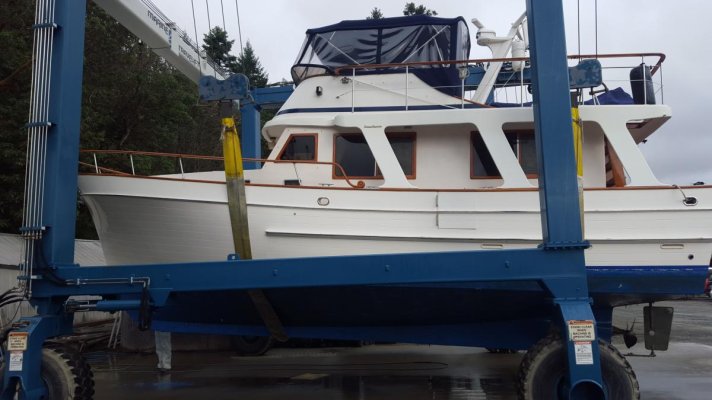Janusz
Veteran Member
So, I bought myself a boat:
The engine is new, 225 HP Perkins turbo.
The boat cruises at hull speed at 1,600 RPM and turbo comes on at approx.2,000 RPM and is not much faster then. Hull speed suits me.
If I keep going like that the turbo will never spool properly; will this be OK or should I rev the engine periodically (how often then and how long?) to exercise the turbo? Max RPM seems to be 2,600 RPM.
The engine is new, 225 HP Perkins turbo.
The boat cruises at hull speed at 1,600 RPM and turbo comes on at approx.2,000 RPM and is not much faster then. Hull speed suits me.
If I keep going like that the turbo will never spool properly; will this be OK or should I rev the engine periodically (how often then and how long?) to exercise the turbo? Max RPM seems to be 2,600 RPM.


